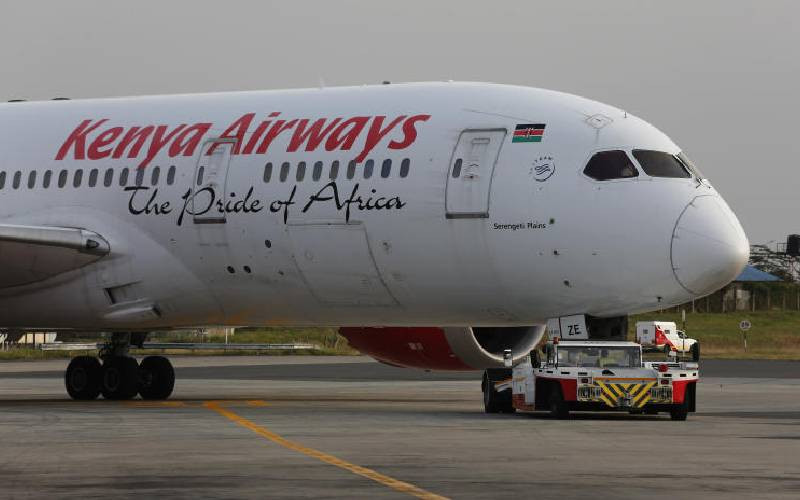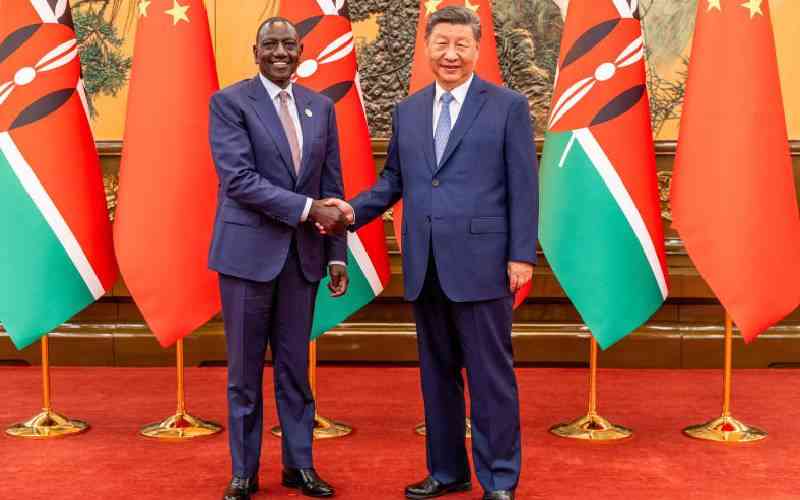×
The Standard e-Paper
Smart Minds Choose Us

Kenya has emerged as the single largest market for off-grid solar products globally.
The country, for instance, accounted for nearly a third of all off-grid solar products sold globally between January and June this year.







